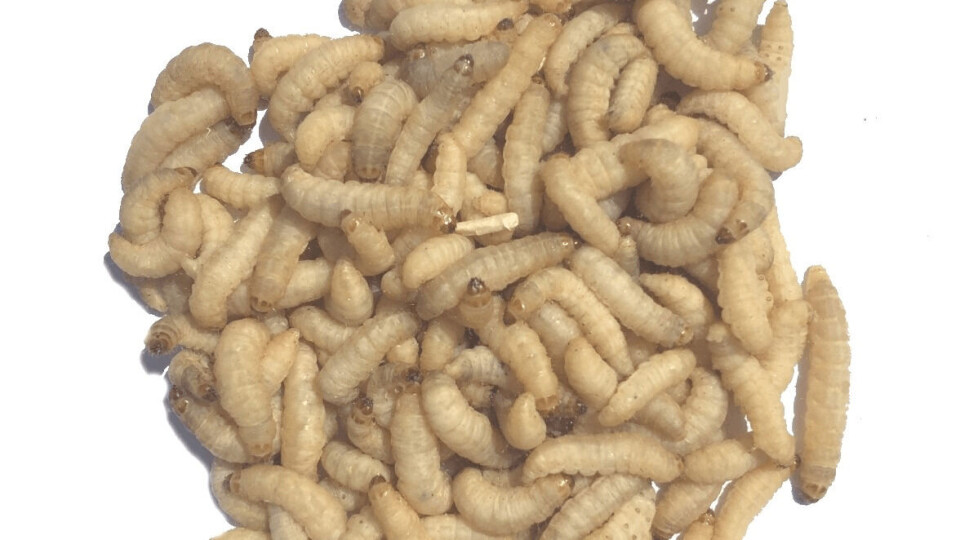
Moth larvae can help fight tilapia disease, shows study
Scientists at Stirling University’s Institute of Aquaculture have shown that the larva of a moth may be used instead of fish to study the effects of a pathogen that causes a deadly disease in one of the world’s most farmed fish, tilapia.
Francisella noatunensis subspecies orientalis (Fno) causes francisellosis, which can lead to mortality of up to 95% in tilapia crops.
In an open access research article, the scientists explained that relatively little is known of the infection biology of Fno and a deeper fundamental understanding of virulence and pathogenicity may inform new and improved treatments, prevention measures and farm management practices.
Practical alternative
However, studies with native hosts – warm water fish such as tilapia - are costly, require specialist infrastructure such as aquariums and can be constrained by legal statutes.
As such, considerable benefits would derive from access to a practical alternative host.
The researchers looked at the larva of the greater wax moth, Galleria mellonella, to see if it was suitable four use in studying Fno virulence and concluded that it was.
Biological benefits
According to their article, the larva of G. mellonella has considerable practical and biological benefits which has seen it used widely to study human pathogens, including the relatively low costs associated with sourcing, storage and disposal; ease of acquiring the skills needed to perform experiments; ability to deliver precise doses of a pathogen, examine pathology and perform studies at different temperatures; and the strong correlation in the virulence of pathogens in G. mellonella and vertebrate hosts.
An earlier study demonstrated the virulence of 11 Vibrio anguillarum isolates correlated strongly between the native Atlantic salmon (Salmo salar) host and the G. mellonella alternative host.
The insect immune system shares structural and functional characteristics with vertebrates, and although lacks the adaptive response this still permits valuable insight into pathogen interactions with innate defences.
Improve production
The researchers concluded that their study “demonstrates G. mellonella to be a useful model for studying infections caused by Fno and thus can be applied to increase our understanding of the virulence and pathogenicity of this pathogen”.
They added: “Such an approach will support efforts towards solutions that prevent and reduce outbreaks of francisellosis in tilapia and improve production in this important industry.”
Read the article, Larva of greater wax moth Galleria mellonella is a suitable alternative host for the fish pathogen Francisella noatunensis subsp. Orientalis, here.






















































